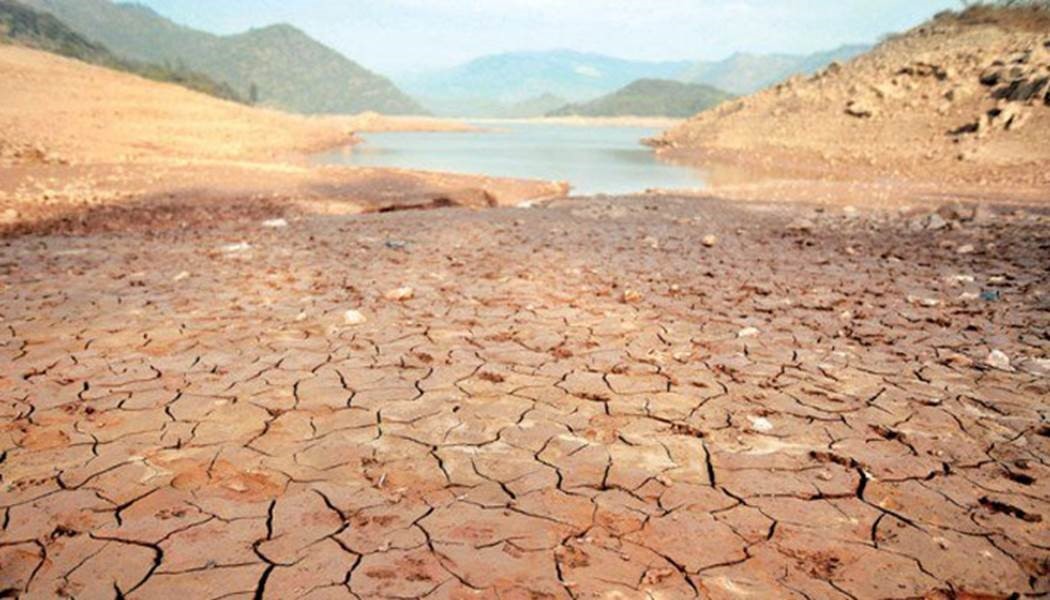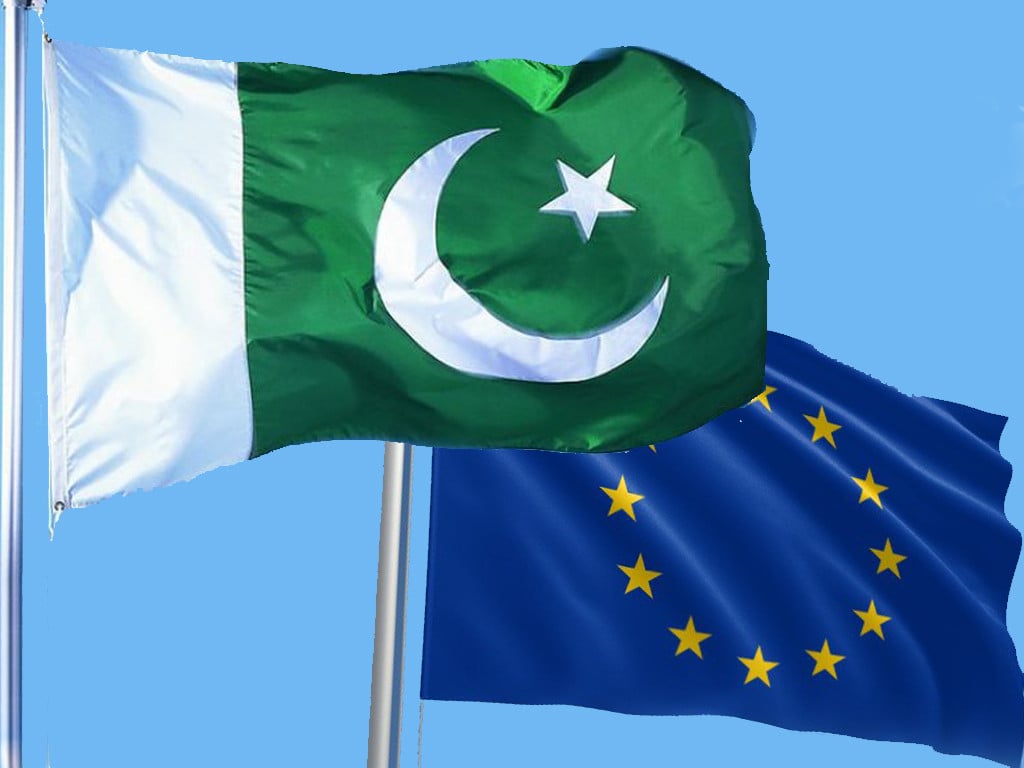By: Farah Atiq
Nestled in South Asia, Pakistan is a nation rich in history, culture, and potential. Yet, amid its bustling cities and fertile plains, a silent crisis looms large – the water crisis. Ranked among the top 10 vulnerable countries to climate change, Pakistan faces a myriad of challenges, from changing monsoon patterns to receding glaciers, all exacerbated by its burgeoning population. Pakistan ranks 14th among the 17 ‘extremely high baseline water stress’ countries of the world. Furthermore, according to the IMF, Pakistan’s per capita annual water availability has dwindled from 1500 cubic meters in 2009 to 1017 cubic meters in 2021.
According to intersectoral water use data, agriculture consumes 95% of water, with industry using 3%, and households using the remaining 2%. With over 245 million inhabitants and counting, Pakistan’s water demand is expected to rise significantly, while the supply remains inadequate. By 2050, the population is estimated to reach a staggering 338 million, further straining already limited resources. Urbanization is on the rise, compounding the pressure on water infrastructure.
Presently, Pakistan’s irrigation efficiency stands at a dismal 39%, with the majority of water resources allocated to major crops such as rice, wheat, sugarcane, and cotton. The concept of Virtual Water Trade refers to products’ water content based on three categories: green, blue, and grey water. Blue virtual water content is considered costly due to the expensive irrigation infrastructure required, making it more expensive than green water. While citizens of exporting countries often bear the costs of blue water, these costs are not adequately reflected in export prices. Beyond economic aspects, environmental and social costs associated with securing blue water supplies are often overlooked in international trade discussions.
Between 2013 and 2022, Pakistan experienced an average net export of approximately 7 billion m3 of Blue Virtual Water for selected agricultural products, including Maize, Rice, Wheat, Sugar, Cotton, Oilseeds, and Other Cereals. In 2015, net exports peaked at 12 billion m3 due to increased exports of rice, sugar, and maize and a decrease in wheat imports. Pakistan’s positive net Blue Virtual Water export intensifies pressure on depleting water resources. Ironically, despite this heavy usage, these crops contribute minimally to the GDP due to poor productivity. Outdated irrigation practices lead to extensive wastage, exacerbating the crisis.
The repercussions of this crisis extend far beyond economic concerns. Poor sanitation, floods, and droughts plague the nation, costing a staggering 4% of GDP annually, amounting to approximately US$12 billion. Moreover, waterborne diseases, fueled by arsenic exposure in groundwater, pose a significant health risk, particularly to vulnerable populations, including children.
Pakistan’s export industry is heavily concentrated, especially in rice and textiles. However, these exports come at a hidden cost – the export of virtual water. The water-intensive production processes, coupled with inadequate water treatment practices in the textile industry, further strain the already burdened water resources.
To combat Pakistan’s water crisis, several key solutions can be implemented. Firstly, scaling up cost-sharing programs like PIPIP and SIAPEP and launching them in other provinces will improve water management and irrigation efficiency. Secondly, setting up cluster-level demonstration plots and providing cost-benefit analyses for drip irrigation practices will encourage farmers to adopt this water-efficient technique. Mandating technology providers to offer technical support when contracting with funding agencies for drip irrigation will ensure effective utilization of the technology. Additionally, promoting the adoption of a Land Laser Levelling and facilitating loans and lease agreements with favorable terms for service providers, including NGOs with expertise in the field, will further enhance water conservation efforts. These proactive measures will play a crucial role in mitigating Pakistan’s water crisis and ensuring a more sustainable future.
In essence, the water crisis in Pakistan is no longer a distant threat but a pressing reality. The time for action is now. By embracing sustainable practices and prioritizing water efficiency, Pakistan can pave the way for a more resilient and prosperous future. The journey may be arduous, but the stakes could not be higher. Let us rise to the challenge and secure a brighter tomorrow for Pakistan and its people.
The writer is a Research Associate at FPCCI’s Policy Advisory Board, Visiting Faculty at multiple universities. Specializes in trade, agriculture, climate, and sustainability research, aiming to bridge research in economics with practical policy for sustainable economic development. She can be reached at [email protected]




